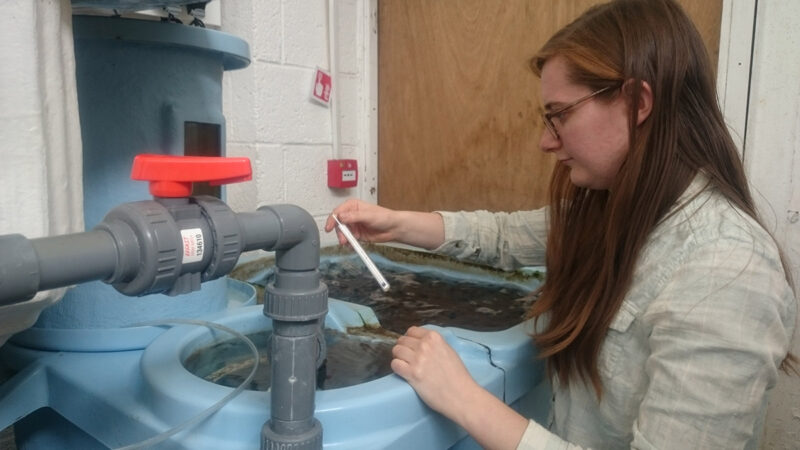Welcome to the Todd Fish Tech FAQ page.
Here, you’ll find answers to the questions we get asked most often about our products, services, and technology.
Whether you’re exploring sustainable aquaculture solutions for the first time or you’re already working with our innovative systems, this page is designed to provide quick, clear information to help you get the most from Todd Fish Tech.
If you don’t see what you’re looking for, feel free to contact us — our team is always happy to help.


